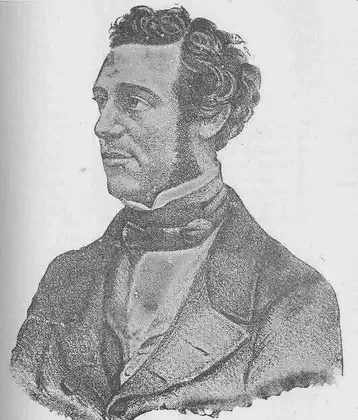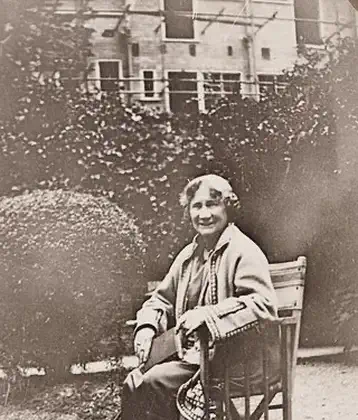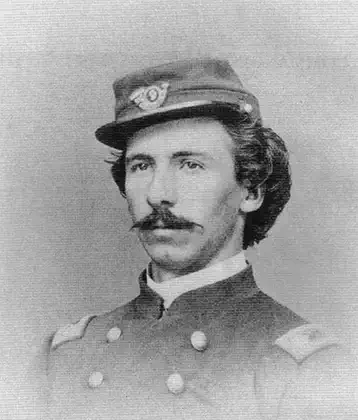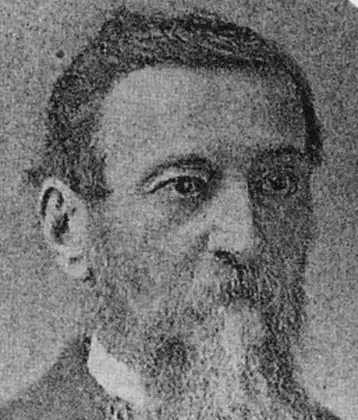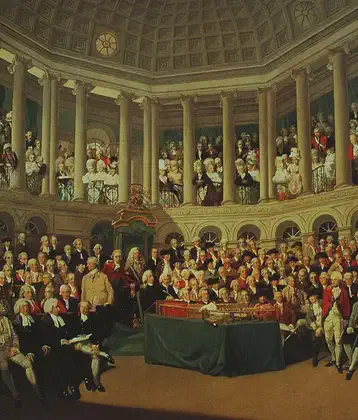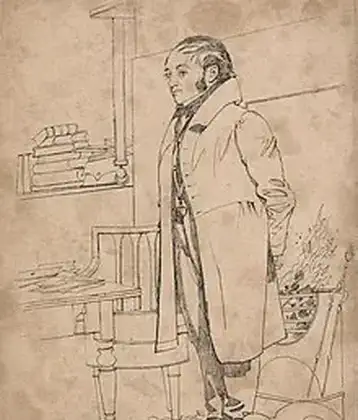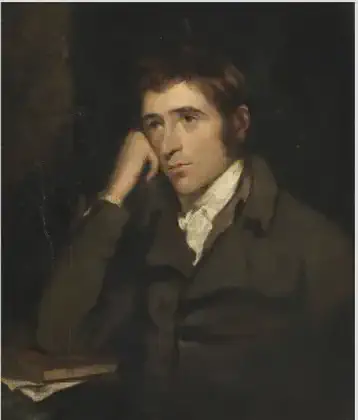On January 15, 1920 in Celtic History
Sinn féin takes control of most borough and urban councils in local elections

In 1920, Sinn Féin, the Irish republican political party, gained significant political influence and took control in various parts of Ireland. This was a pivotal year in the struggle for Irish independence from British rule. Here are some key events and developments in 1920 related to Sinn Féin’s rise to prominence:
-
Government of Ireland Act 1920: The Government of Ireland Act 1920 was passed by the British Parliament. It aimed to create two separate Home Rule governments in Ireland, one for Northern Ireland and one for Southern Ireland. Sinn Féin rejected this partition plan, as they sought a fully independent Irish republic.
-
Sinn Féin’s Electoral Success: In the December 1918 general election, Sinn Féin won a significant majority of the Irish parliamentary seats, rejecting British rule and establishing an independent Irish parliament called Dáil Éireann.
-
Dáil Éireann: In January 1919, the first meeting of Dáil Éireann took place in Dublin, officially declaring Ireland’s independence from Britain. Sinn Féin leader Éamon de Valera was elected as the president of the Dáil.
-
Irish War of Independence: The declaration of Irish independence led to the Irish War of Independence (1919-1921), marked by armed conflict between Irish republican forces, including the Irish Republican Army (IRA), and British forces.
-
Anglo-Irish Treaty: In December 1921, the Anglo-Irish Treaty was signed, leading to the establishment of the Irish Free State, a self-governing dominion within the British Commonwealth.
-
Partition: The Treaty also resulted in the partition of Ireland, creating Northern Ireland, which remained part of the United Kingdom. Sinn Féin leaders were divided over the Treaty, with Éamon de Valera opposing it.
-
Civil War: The signing of the Treaty triggered the Irish Civil War (1922-1923), with pro-Treaty and anti-Treaty forces clashing over its terms and the future direction of Ireland.
Sinn Féin played a pivotal role in these events, and while they initially took control in Southern Ireland, their leadership became divided over the Treaty, leading to a split within the party and significant political and military conflicts in the years that followed.

